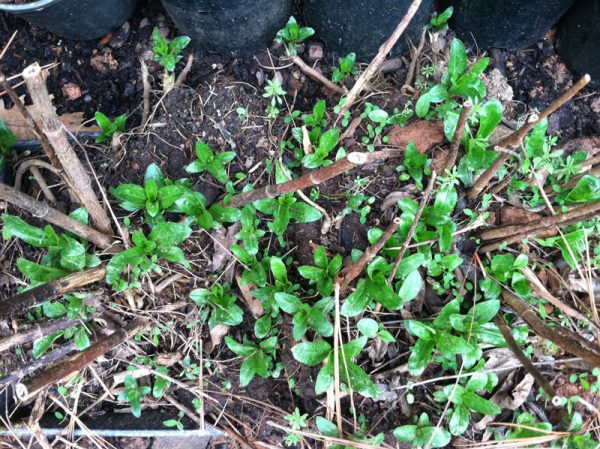‘Passalong plants’ also pass along memories, cultural history

The yard has been tilled, the clay amended with compost and mulch. I’m eager to start a new garden at our home in Charlotte, but my first trip to the nursery left me with sticker shock. I couldn’t part with $35 for a fancy cultivar of the ubiquitous Carolina jasmine that blooms freely across the Piedmont this time of year. I left empty-handed. When I got home, I emailed a friend and asked if he could spare some swamp sunflowers from his garden.
I’d given him a clump from my first garden in Charlotte, 11 years ago, after he announced he was getting married at his farmhouse in the Uwharries that fall. I knew they’d be resplendent on the big day in early October. Indeed, they created a glorious backdrop for photos of him and his lovely bride. Despite their name, these cheerful perennials thrive in average soil and quickly reach heights of 8 to 10 feet. They’ve been so prolific, he had plenty to share with me.
In addition to the promised flat of swamp sunflowers, he arrived with an assortment of other treasures he’d inherited. Each one bore a story. The asters and mums came from an elderly neighbor in the Uwharries. A mutual friend had found the large blue iris on her property in Iredell County. The kerria was the single form favored by renowned gardener Elizabeth Lawrence.
These are classic examples of passalong plants, a term long-used but perhaps codified by Steve Bender and Felder Rushing in their book of that name. They say Southerners embrace this sort of nostalgia – these connections to a person, place, or event – so it’s not surprising we’d have a strong tradition of sharing plants. It also speaks to our agrarian heritage. When you have to grow enough food to feed your family, it’s hard to justify frittering money away on purely aesthetic additions to the garden. In rural areas without handy access to garden centers, it’s also more practical to get plants from neighbors.
Reading this book was like strolling down memory lane through Mama’s evolving gardens. I passed ginger lily, daylily and lily of the valley. Obedient plant and money plant. Iris, crocosima and gladiolus. Cleome, zinnia, and sweet autumn clematis. Strawberry begonia and elephant ears. Hens and chicks, which we called hens and biddies. Those plants are shared, in part, because they’re hardy survivors – sometimes too hardy. Bender and Rushing have a chapter titled “The Plants that Get Away” which includes such dubious gifts as mimosa, chinaberry and loosestrife. I’ve had my own travails with gooseneck loosestrife, a winsome thug unleashed by a well-intentioned friend, but I’m happy to find the natives mentioned in this chapter – ageratum, bee balm, spiderwort and sundrops – popping up at random in the garden.
Passalong Plants covers 117 species. I realize the authors had to draw the line somewhere, but it was a shame not to see Lenten rose and Jerusalem cherry among the entries. And they didn’t even address house plants! Clearly, a second volume is needed to capture the spirit of Granny Ruth’s spider plants, Lula Sanders’ cactus and Grandma Noona’s angel-wing begonias.
The authors also missed an opportunity to devote a chapter to native plants, which meet one of their criteria for being deemed a passalong – they’re often hard to find commercially. My sister has promised me a wealth of plants from her garden, including several natives. The white wood asters came from a friend who has since moved to Washington; the bottlebrush buckeye originated in Elizabeth Lawrence’s garden; the oakleaf hydrangea self-seeded near her walkway, and the sprigs of maple-leaf viburnum came from our farm in the Uwharries after they suckered too close to a woodland edge, encroaching on a path Dad keeps mowed.
In their introduction, Bender and Rushing remind readers of a Southern custom – never thank anyone for sharing a plant; otherwise, it won’t grow. I’ll try to harness my gratitude, but thanks to our long tradition of passalong plants, I’ll soon have a garden brimming with stories.